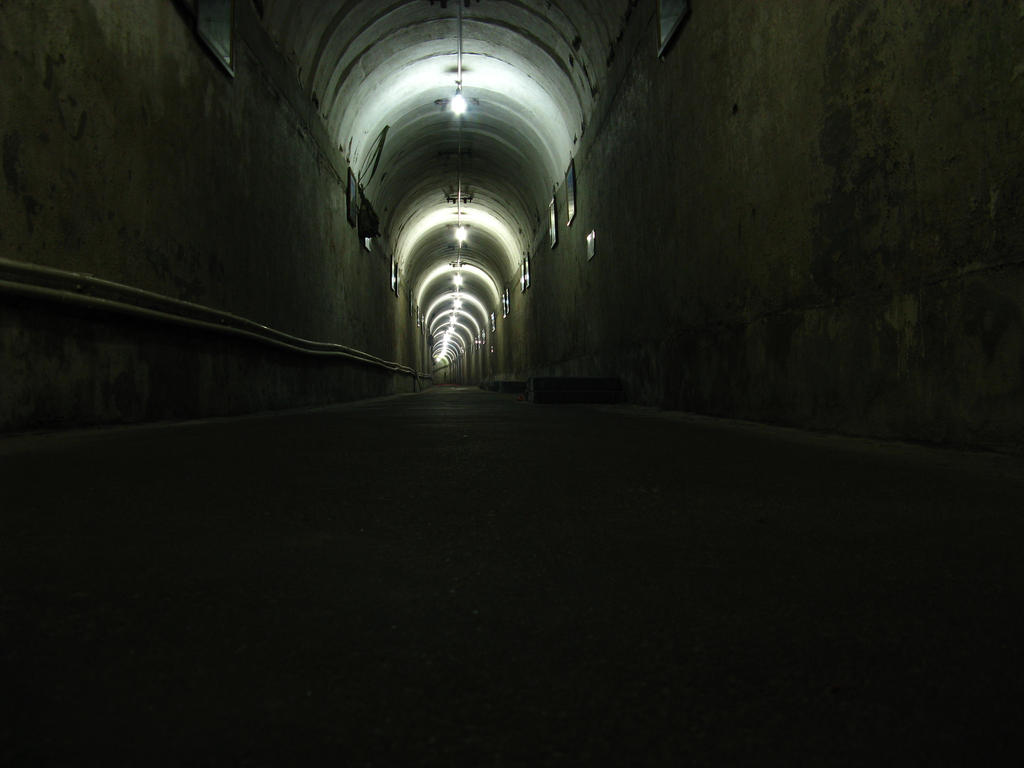The much-anticipated Lantern Festival is joyously celebrated in the Chinese capital Beijing as it is in many parts of China. The occasion falls on the initial lunar month’s fifteenth day in the lunar calendar, which usually occurs in February or March. As you might expect, making colourful lanterns is one of the most important aspects of this event, which is considered to be the most festive and enjoyable of all the festivals celebrated by the Chinese people. On this full moon day, all members of the family reunite and spend the day in a spirit of joy and fellowship.
With a legacy of more than 2,000 years, this festival traditionally involves a number of activities and customs which are observed by all sections of society. Everyone, from young children to senior citizens involve themselves in the celebrations.
Constructing and lighting lanterns is undoubtedly one of the event’s most prominent aspects. This practice is believed to have originated during the time of rule of the Han Dynasty, when Buddhism was widespread amongst the people of the nation. One of the Han emperors commenced this custom by decreeing that lanterns should be lit to honour the Buddha. During subsequent dynasties, the custom became increasingly popular amongst the people of the country. A related activity is the practice of making up riddles and guessing the answers. Individuals write witty riddles on pieces of paper and visitors are invited to guess the answer.
Folk dances are a very important part of the traditional activities, in particular the colourful lion dance. The actual lion is manipulated by two individuals who perform numerous difficult actions to entertain onlookers. Stilt walking is another popular sight during the festival day.
Another common practice observed at this time is the making and eating of yuanxiao. These are dumplings made of rice, which are stuffed with a variety of fillings such as sesame, sugar, jujube paste, bean paste and rose petals. These round treats symbolize harmony, reunion and joy.
If you are visiting the nation and are considering greater China hotels, there is no better choice than the Millennium & Copthorne Hotels China. These fine hotels in China are renowned for their comfortable accommodations and gracious hospitality.
Angela Fernando is an impassioned travel writer who composes pieces under the pen name Sumaira Narayan. She loves writing about new and exciting places around the world and hopes to visit them all someday.

 Built during the 1970s in anticipation of a nuclear conflict with the former Soviet Union, Beijing’s Underground City is a fascinating labyrinth of tunnels that boasts everything featured aboveground for the convenience of a six-million-strong populace forced to flee underground. Explore this and Beijing’s treasure trove of cultural attractions to enhance your stay at a luxury
Built during the 1970s in anticipation of a nuclear conflict with the former Soviet Union, Beijing’s Underground City is a fascinating labyrinth of tunnels that boasts everything featured aboveground for the convenience of a six-million-strong populace forced to flee underground. Explore this and Beijing’s treasure trove of cultural attractions to enhance your stay at a luxury